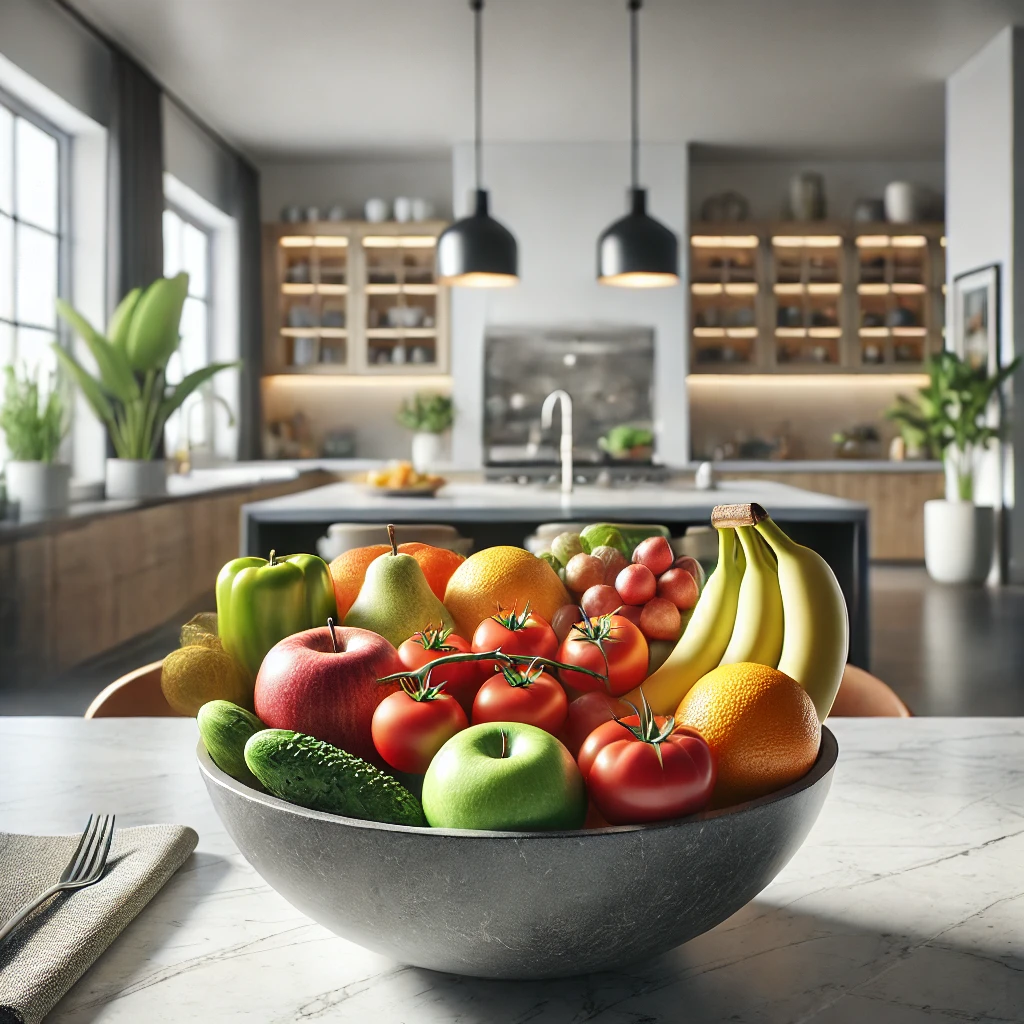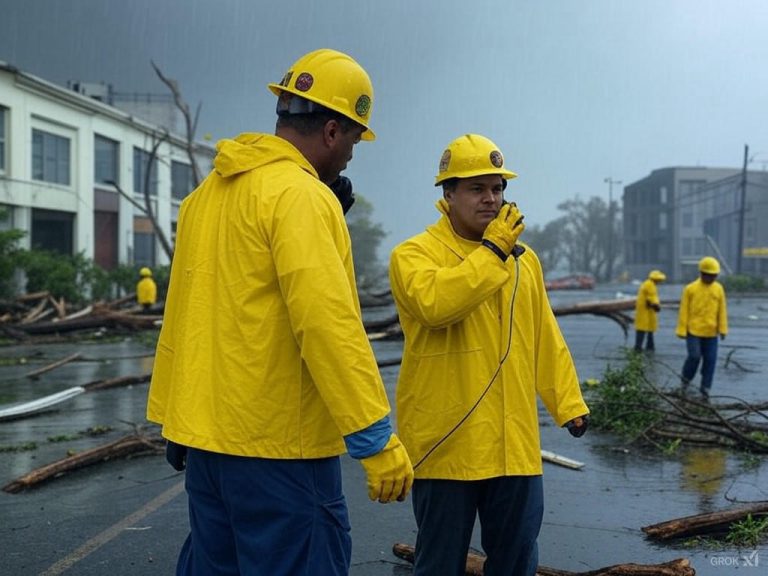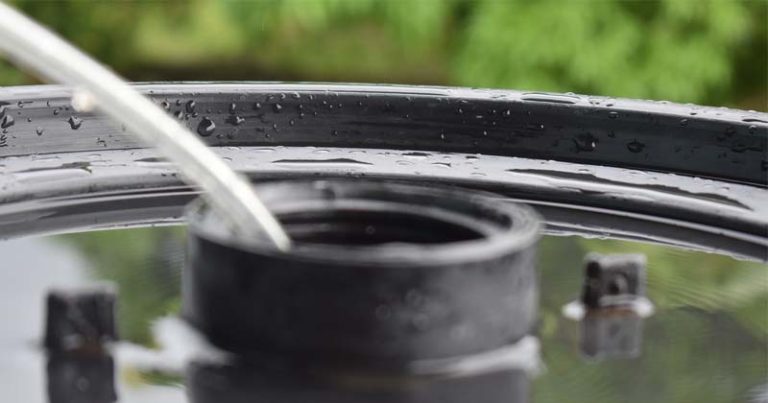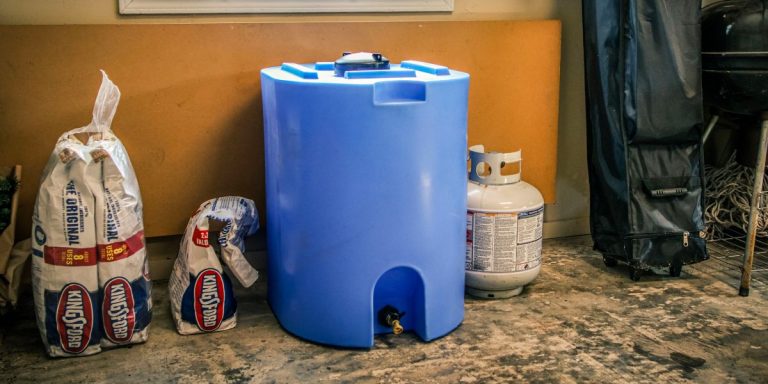How To Store Emergency Survival Food

In today’s rapidly changing world, planning for emergencies isn’t just a precaution—it’s a necessity. From natural disasters to unforeseen disruptions, having a well-organized emergency food supply can make all the difference. However, storing emergency survival food goes beyond merely purchasing non-perishable items. With modern advances in technology, sustainability, and design, there are smarter, more efficient ways to ensure your emergency food supply remains safe, fresh, and accessible when you need it most.
Understand Your Needs and Shelf Life
The foundation of effective emergency food storage begins with planning. Assess your household’s needs based on the number of people, dietary restrictions, and special considerations such as infants or elderly family members. Modern households often opt for a combination of staple non-perishable items like canned goods, grains, and freeze-dried meals, along with specialized nutritional supplements. Understanding the shelf life of these items is critical. Many survival foods are designed with extended shelf lives—sometimes up to 25 years—but this longevity is contingent on proper storage conditions. Be sure to check expiration dates and invest in food items that have undergone modern preservation techniques to maintain their nutritional value and taste.
Choosing the Right Storage Environment
Traditional advice recommends a cool, dry, and dark environment, but modern perspectives also emphasize the importance of monitoring and controlling storage conditions actively. Climate-controlled storage areas or portable refrigeration units can help maintain optimal conditions, especially in regions prone to temperature extremes. Smart storage containers equipped with sensors that monitor humidity, temperature, and even oxygen levels are now available. These devices can alert you via smartphone apps when conditions deviate from the safe range, helping to prevent spoilage and maintain the integrity of your food supplies.
Packaging and Modern Preservation Methods
Modern survival food isn’t limited to canned goods. Advances in food technology have led to the development of vacuum-sealed, oxygen-free packaging that extends the life of dried and freeze-dried foods. Consider the following:
- Freeze-Dried Foods: Freeze-drying removes almost all moisture, preserving both nutrients and flavor. These foods are lightweight, compact, and have one of the longest shelf lives available. Rehydrating them is as simple as adding water, making them ideal for long-term storage and emergencies.
- Oxygen Absorbers and Mylar Bags: When storing bulk items like grains or legumes, consider using Mylar bags in conjunction with oxygen absorbers. This method helps to eliminate the oxygen that causes spoilage, insect infestations, and rancidity.
- Retort Pouches: These are modern alternatives to cans that provide a lightweight, flexible, and long-lasting method of food preservation, retaining nutritional value while being more portable and less space-consuming.
Organizing and Rotating Your Stock
A modern emergency pantry is not a static collection of food supplies. It requires regular maintenance and rotation to ensure that items remain fresh and usable. Adopt a “first-in, first-out” system (FIFO) by placing newer items at the back of your storage area and moving older items to the front. Digital inventory management systems and smartphone apps can help you keep track of expiration dates, quantities, and even nutritional information, reducing the risk of waste. Some apps even allow you to set reminders for periodic checks and rotations, making the process nearly automated.
Security and Accessibility
While it’s crucial to store emergency food properly, you must also consider its accessibility during an emergency. A modern approach integrates security features with accessibility. For example, dedicated emergency food storage units can be designed to be both locked for security and easily accessible. Portable, stackable storage containers with clear labels not only help organize the space but also allow for a quick assessment of available supplies during a crisis.
Moreover, the integration of smart home technology can enhance security. Some systems allow you to remotely monitor your storage area and even check on the condition of your supplies, giving you peace of mind whether you’re at home or away.
Sustainability Considerations
Modern emergency preparedness isn’t just about immediate survival; it’s also about sustainability. Consider incorporating renewable energy solutions like solar-powered refrigerators or climate control systems to ensure your supplies remain viable during prolonged power outages. Additionally, choosing food products from companies that emphasize sustainable practices not only benefits you in an emergency but also contributes to a larger movement towards environmental responsibility.
The Bottom Line
In an increasingly uncertain world, storing emergency survival food is an essential part of modern preparedness. By understanding your needs, choosing the right storage environment, leveraging modern packaging and preservation methods, organizing and rotating your stock, ensuring security and accessibility, and incorporating sustainable practices, you create a robust system that stands the test of time. The modern approach to emergency food storage is not just about surviving a crisis—it’s about thriving with the assurance that you’re prepared for whatever the future holds.
By investing time and resources into a well-thought-out emergency food storage system today, you can transform uncertainty into confidence, ensuring that you and your loved ones are ready for tomorrow’s challenges.






